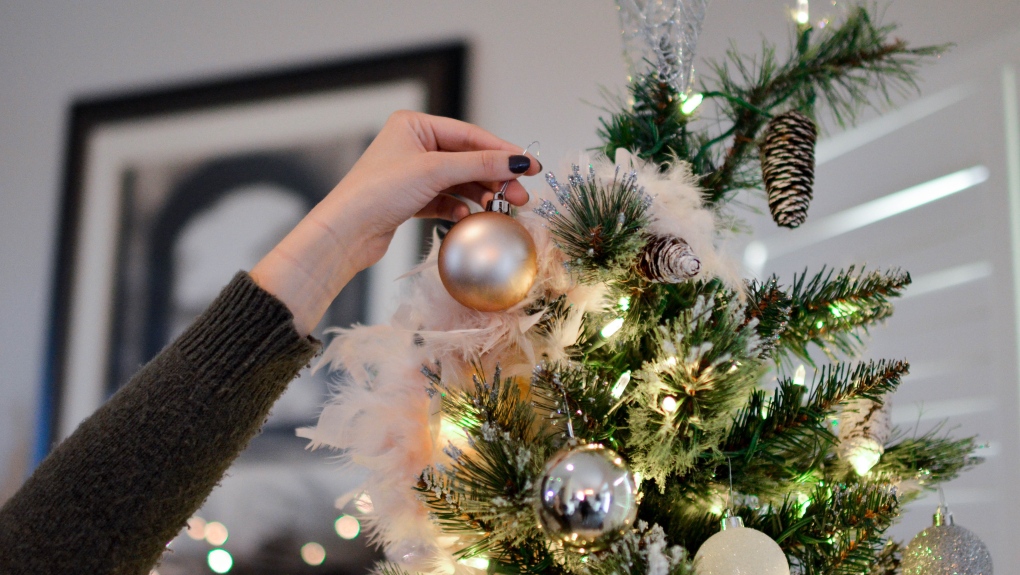As Canadians start cleaning up after the holidays, a new study shows how live Christmas trees can impact indoor air chemistry.
“Our nose is a good chemical sensor,” lead author and environmental engineer Dustin Poppendieck said in news release. “We know that these trees are emitting something, and the question then becomes: How big of a source is it?”
Published in the peer-reviewed journal Indoor Environments, the study from the U.S. National Institute of Standards and Technology explains that a Christmas tree’s fresh fragrance comes from the release of chemicals known as volatile organic compounds, or VOCs. To measure those emissions, researchers sealed a freshly-cut Christmas tree in an environmentally-controlled chamber and monitored it for 17 days.
“We wanted to explore which chemicals are emitted and how much, and to put that into the context of other sources of chemicals in a house,” Poppendieck said.
Researchers chose a Douglas fir and measured airborne organic compounds using a technique known as proton-transfer reaction mass spectrometry. They also studied how these compounds interacted with other components of indoor air, like ozone.
To simulate a home environment, the tree was decorated, watered daily, and exposed to light and some outdoor air.
Christmas trees are typically conifers and owe their distinct scent to a group of VOCs known as monoterpenes, which are also found in products like air fresheners and scented candles. In the study, researchers detected 52 different monoterpenes and observed that emissions peaked during the first day, when they were at a concentration similar to a plug-in air freshener.
By the third day, monoterpene emissions significantly dropped by nearly 10 times the original amount.
When ozone was injected into the chamber, researchers discovered it interacted with monoterpenes to create small amounts of chemical byproducts like formaldehyde, but in lower concentrations than what’s typically found in a household.
Poppendieck says these emissions and chemicals explain why some people may experience watery eyes and noses when a Christmas tree is brought indoors. If you are sensitive to VOCs like these, Poppendieck suggests opening a window near a tree to reduce exposure, or simply leaving a your Christmas tree outside or in a garage for three days before moving it indoors.
“But for most people, this shouldn’t be a major concern,” Poppendieck said. “I’m still going to have a Christmas tree in my house.”
Overall, the researchers concluded that when a live Christmas tree is placed inside a home, it will emit monoterpenes at levels similar to other common indoor sources and “likely have modest impacts” on indoor chemistry that diminish with time.




